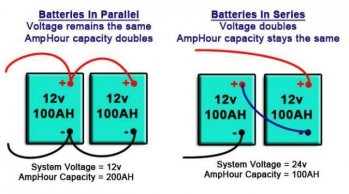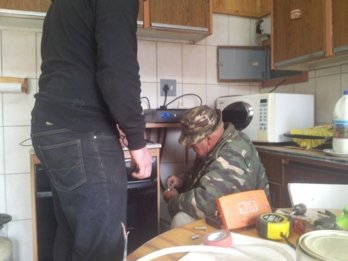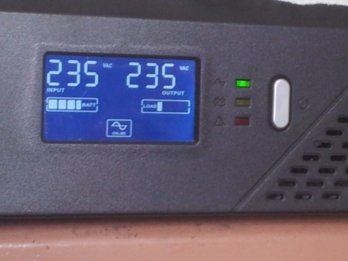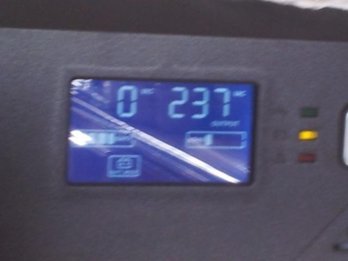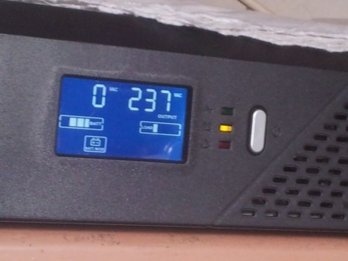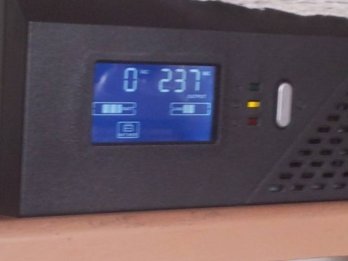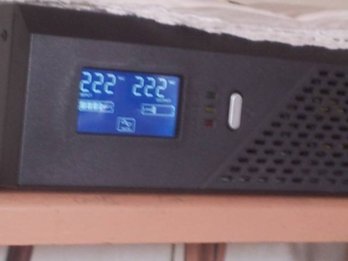I would like to start a thread to see what ppl have done to dodge load shedding
I am getting a 1.4kW inverter and coupled with 2 x 65amp batteries running in 24 Volt this system would be good for most of the stuff in the house. I am not running the geyser and stove.
Because this is modified sine wave implements that have motors inside will not like it very much, and in the research i done seems like some plasma tv's dont like them ether.
I am getting a 1.4kW inverter and coupled with 2 x 65amp batteries running in 24 Volt this system would be good for most of the stuff in the house. I am not running the geyser and stove.
Because this is modified sine wave implements that have motors inside will not like it very much, and in the research i done seems like some plasma tv's dont like them ether.



